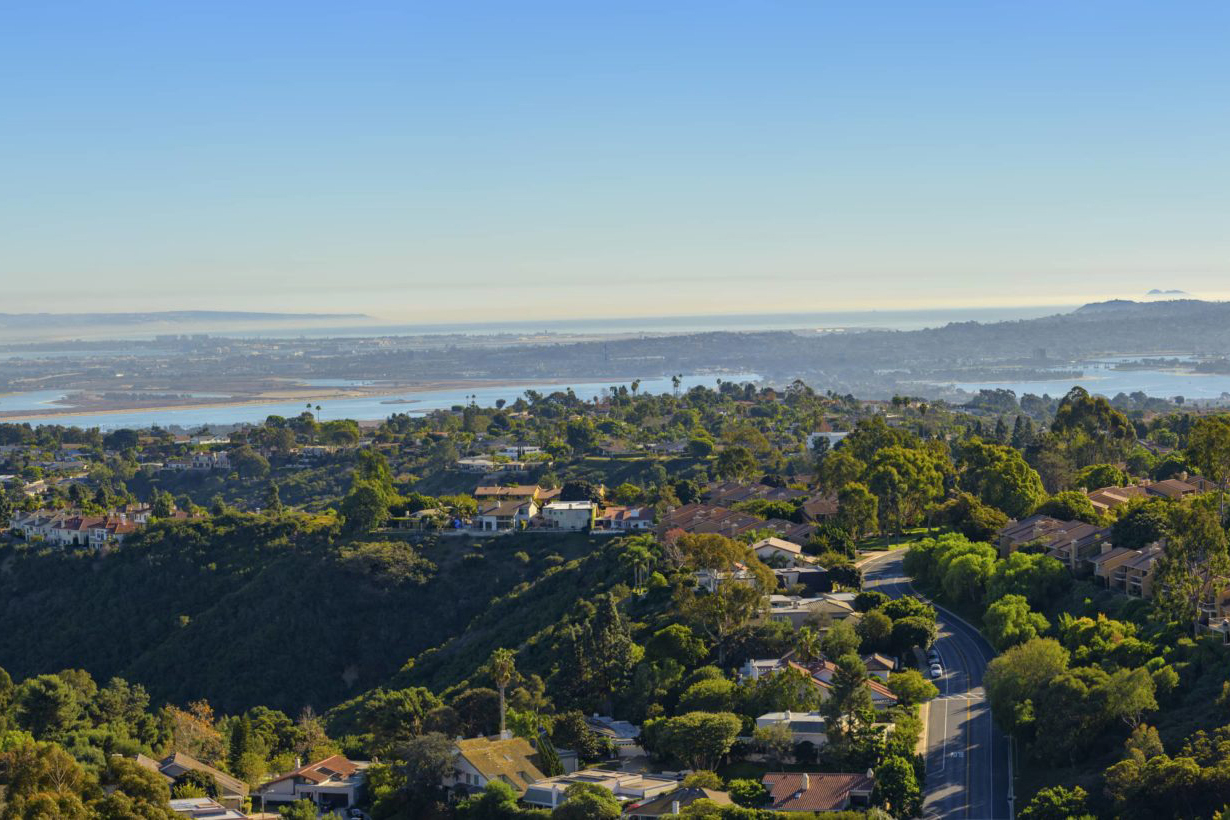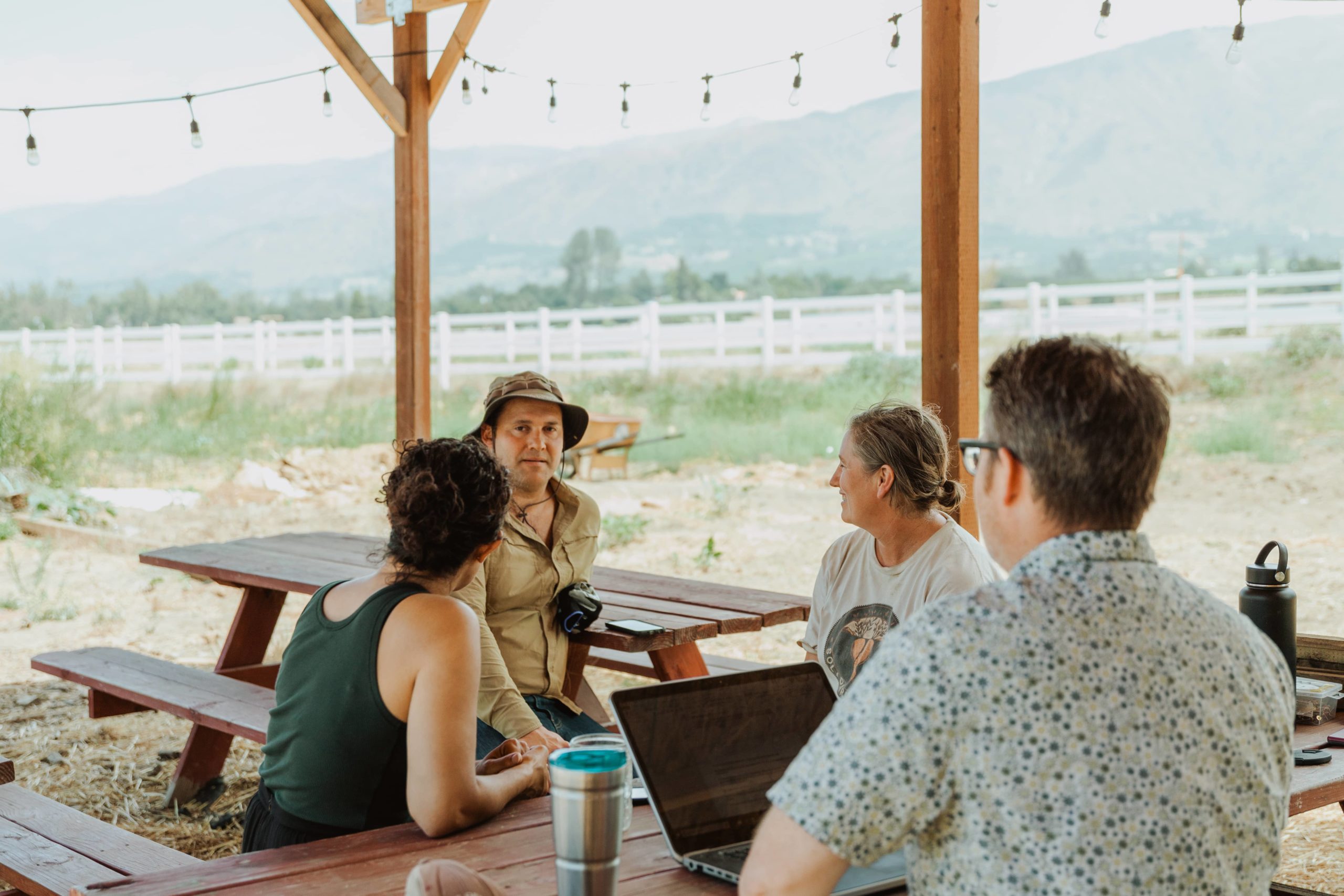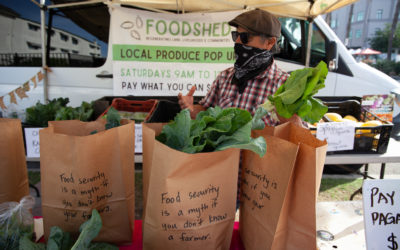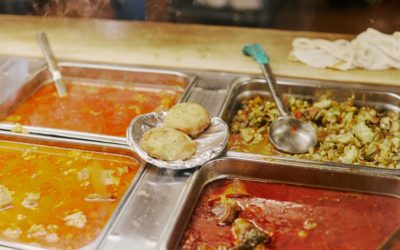Becoming a subscriber to Foodshed’s Fresh 5 program—a weekly distribution of fresh, seasonal produce, grown by the small farmers who make up the Foodshed cooperative—means you’re in for two surprises with every delivery. One is the produce itself: an ever-changing...
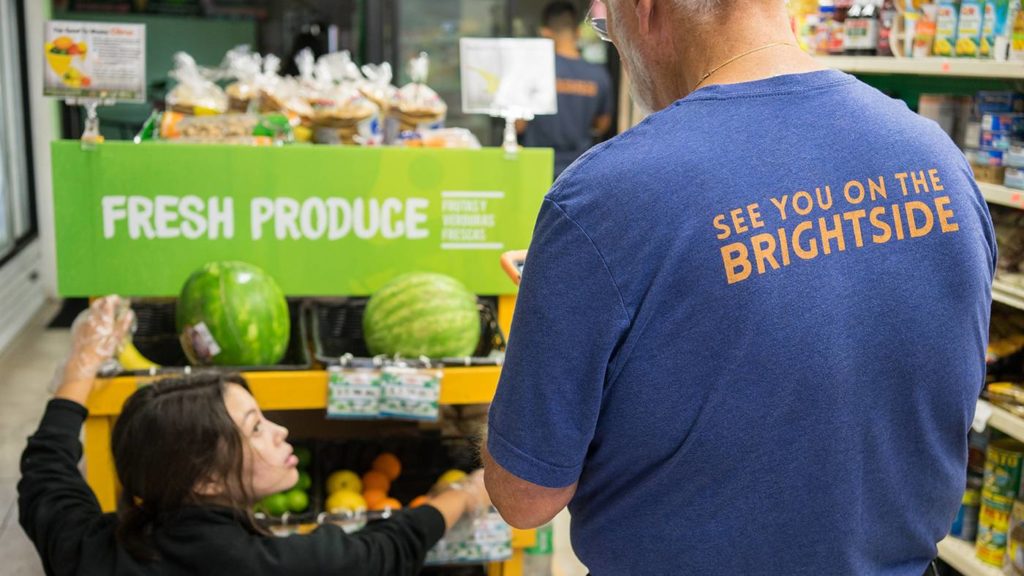
BrightSide Produce
Many San Diego residents who live in low-income and ethnically diverse communities have limited access to healthy foods, including fresh produce. This is a problem that affects communities nationwide. According to Dr. Iana Castro, a researcher and professor of marketing at the Fowler College of Business at San Diego State University (SDSU), and the social entrepreneur who co-founded BrightSide Produce, it is a complicated problem, but it is a solvable one.
“Working on making the connection between where the food is and where it needs to go, doesn’t always get the attention it needs. You have to meet people where they live and work,” Castro explained. BrightSide delivers produce to independently-owned liquor, corner, and small food stores that accept CalFresh to increase access to healthy food options in National City, South and Southeastern San Diego, areas where residents experience higher rates of chronic disease, unemployment, concentrated poverty, and food insecurity. “When access to supermarkets is limited, residents rely on smaller stores in the community, including liquor stores and corner stores. We work with these stores because they are already serving the community.”
BrightSide’s innovative distribution model resulted from developing a deep understanding of the root cause of the problem. It all began in 2014 when Castro taught a retailing class at SDSU. “We were working with a store owner in National City. The store owner wanted to offer fresh produce but he couldn’t. This was interesting to Castro and set her on this path. She wanted to find a solution. Smaller stores face challenges stocking produce because of the lack of distribution to stores and the difficulty of managing the produce category, so we designed a produce distribution service with the needs of store owners in mind.”
National City is different from other similar communities because of Olivewood Gardens and Learning Center, a historic farming property that is now a nonprofit focused on teaching the community about food and health through hands-on educational programs, like the Kitchenistas cooking school. “It was one of the factors for us launching BrightSide’s distribution services in National City,” Castro said. “We were hearing from community members that they were learning about the importance of good food from Olivewood’s programs but didn’t have access to fresh, affordable produce.”
BrightSide works with stores that are already primary food shopping destinations for residents to enable them to offer fresh, high-quality, culturally-appropriate, affordable produce to customers. “We offer 30-40 products. Top fruit sellers are bananas, avocados, and limes. For vegetables, we sell tomatoes, lettuce, and five-pound bags of potatoes, among others. Each store carries a unique mix of produce items based on customer demand,” she said. “We present ourselves as produce distributors like the other distributors, but the service is operated by students. We’re not trying to make money, we’re trying to serve a need. Many store owners are interested in helping the students.”
BrightSide began distributing to five stores in National City and now supplies 13. “That’s essentially all of the stores that need our services,” Castro said. “Between our stores and the supermarkets, all National City residents have fresh produce within a half-mile of their homes.”
The ultimate vision for BrightSide Produce is to ensure everyone in San Diego County has access to fresh, affordable produce near their homes. “We have expanded to six stores in South and Southeast San Diego and it’s been a slightly different experience,” Castro explained. “There’s even more limited access to fresh food in these neighborhoods than there was in National City. We’re working with some stores that are the only store within certain areas, so there’s demand, but it’s also essential to have the store owners understand the mission of providing produce at affordable prices. We manage the whole category. We ask them to trust us on that. We give them pricing and ask them to consider our pricing. If they let us manage the category, we buy back anything that has gone bad.”
Castro and her students at SDSU are exploring a variety of options for the future of BrightSide, such as franchising the program so that it can be replicated by other schools, food banks, non-profits, or even government agencies. They are also exploring the idea of setting up the program as a small business that would provide an individual with a livable wage (the program is currently operated by SDSU students). “We’ve been operating since June 2017. When we started, we said we wanted five years of data before we considered replicating,” Castro said. For now, the team continues to work to bring fresh food to underserved communities, one distribution point at a time. “These stores have been ignored historically. We came up with this solution because we think these stores are the solution to increasing access to healthy foods.”

